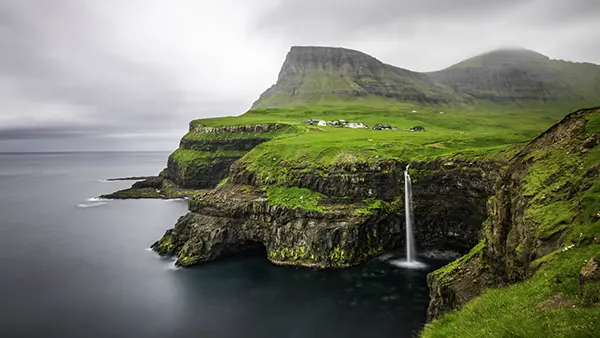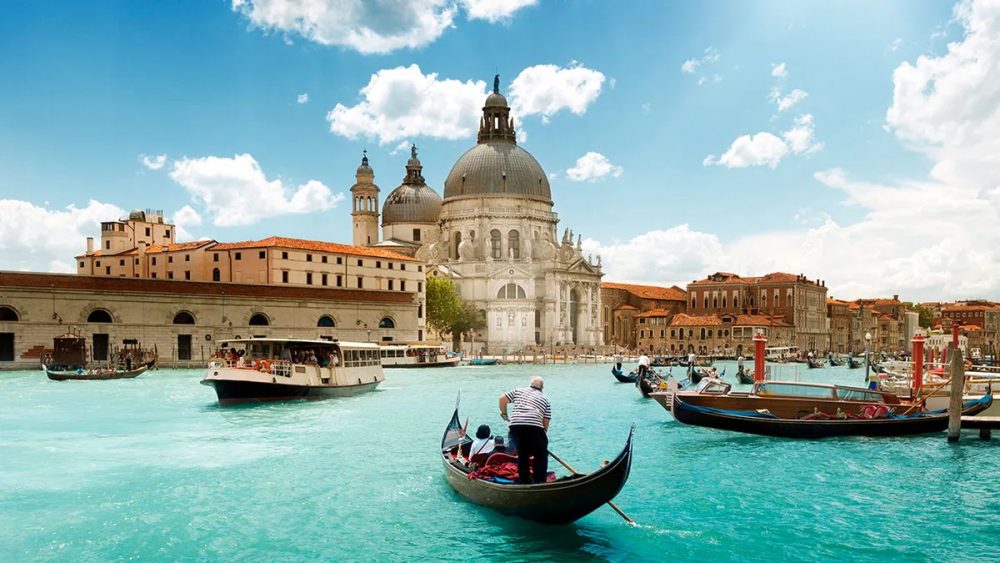
Venice sights
Venice is a city of romance, originality and luxury. While its peculiarities can cause problems (its location on the water affects its houses and often causes flooding), this Italian wonder is never short of beauty. While Venice is the smallest city in Italy, it has a surprisingly compact territory, yet it boasts a wealth of unique elements.
St. Mark’s Cathedral
St. Mark’s Cathedral, while representative of ecclesiastical architecture, stands out from its themed counterparts. One of the city’s main attractions is located in the square of the same name and is designed in Byzantine style with elements of eclecticism.
It’s not just religious events that took place on the grounds of the building. Great ideas and their implementation were conceived here. Moreover, various craftsmen, merchants and other creative and economic activists used to hang around the entrance. The construction of the building took about 5 centuries.
Cathedral of Santa Maria della Salute
The “city on the water” has many unique architectural creations, accessible just by boat or gondola. On Venice’s main street is the sumptuous Santa Maria della Salute Cathedral. Despite its impressive exterior, the history of the site is somewhat sad.
The church was erected as thanks to God for saving the inhabitants from the plague. In the 17th century, the epidemic gathered such momentum that almost 1/3 of Venetians left our world. Construction work took about half a century to complete.
Doge’s Palace
The ornate building is impressive in its grandeur. Its construction took almost a century, including the years spent on periodic upgrades and restorations. The building once served as a home for Venetian rulers. That’s why the design literally spews richness and grandeur when just looking at it from the outside.
One of the characteristics of the building is that it acts as a symbol of eclecticism. It is difficult to identify a single architectural style, as it is possible to note features of at least several. There are Gothic, Moorish and Byzantine elements. Today there is a museum in the palace.
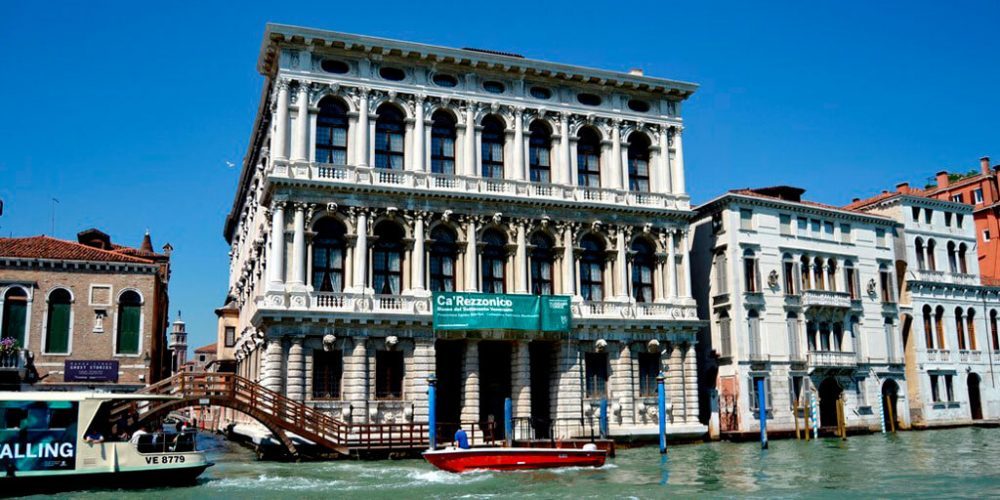
Palazzo Ca Rezzonico
Another sumptuous Venetian palazzo called Ca Rezzonico was built in the 17th century. It was named after the influential family it belonged to. Today it houses a fascinating museum. A highlight is that the original furnishings and utensils have been preserved.
Visit the palazzo to see what wealthy Venetians thought luxury meant. The local nobility was not stingy with expensive objects, furniture, jewellery and art.
Palazzo Santa Sofia
It was designed by the architects of Bona. Its construction began in the XV century. It was commissioned by another noble family with a powerful influence in Venice. They were literally competing with other members of the upper class in terms of luxury.
The façade was once covered with gold leaf, but no such decoration has survived. Nowadays there is a museum in the building. At the end of the 19th century, the palace was bought by Baron Frenchetti, an art enthusiast. His collection of paintings later became the property of the state and later became museum exhibits.


